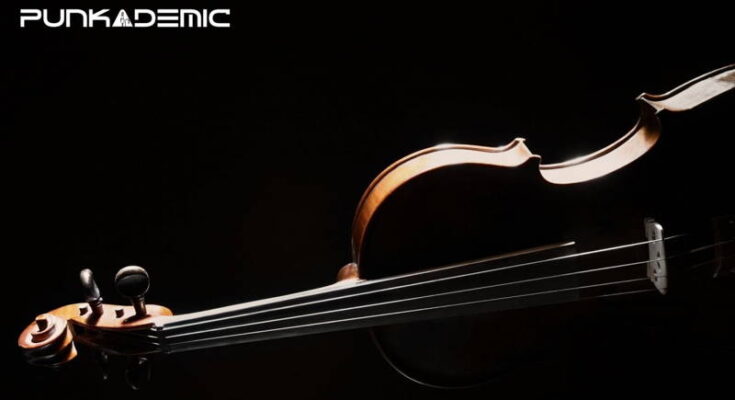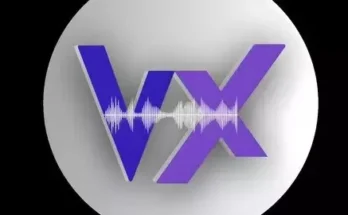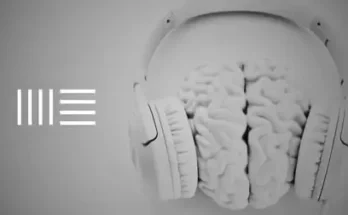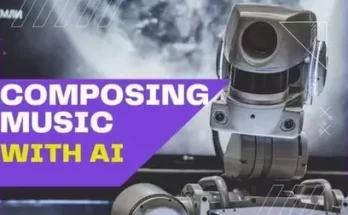Writing for Strings TUTORiAL
P2P | 27 July 2022 | 2.66 GB
Mastering every aspect of composing for the orchestra whether you are working with real players or sampled orchestra libraries.
The strings are a versatile, powerful force in the orchestra.
When writing for orchestra, a lot of composers assume that if they get a good sample library, they will have a good string sound. But if you aren’t writing good music for the strings, the quality of your samples isn’t going to matter.
In this series of classes we are going to work on three things:
Instrumentation: Knowing how all of the instruments in the orchestra work, and how to write for them in an idiomatic way.
Composition: Using the orchestra to write powerful music. Learning how to blend the different sounds of the orchestra to make a new, unique, sound.
Synthestration: Using common production software (Ableton Live, FL Studio, Logic Pro, Pro Tools, Cubase, etc.) to create a realistic orchestra sound using sample libraries.
In this class, “Part 4: Writing for Strings” we are going to focus on the strings as a foreground, middleground, and background instrument. We will explore using the strings for melody, harmony, and texture, while also exploring the techniques that Beethoven used in his string writing.




